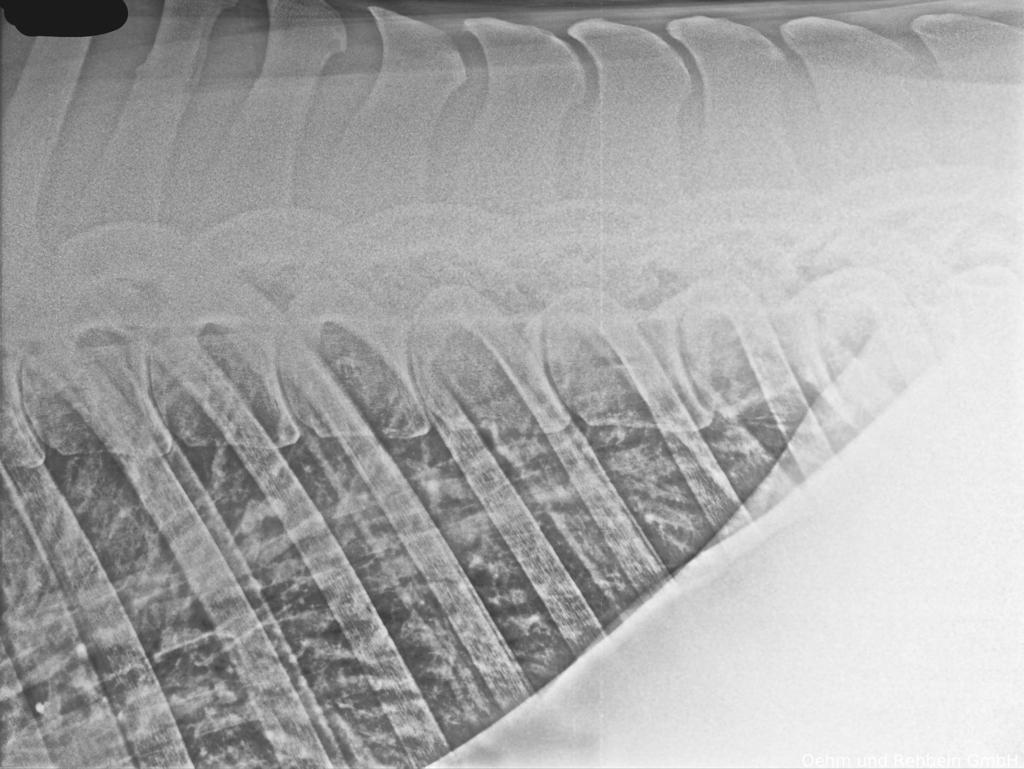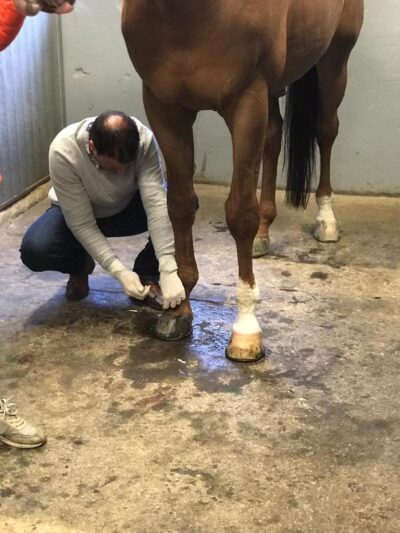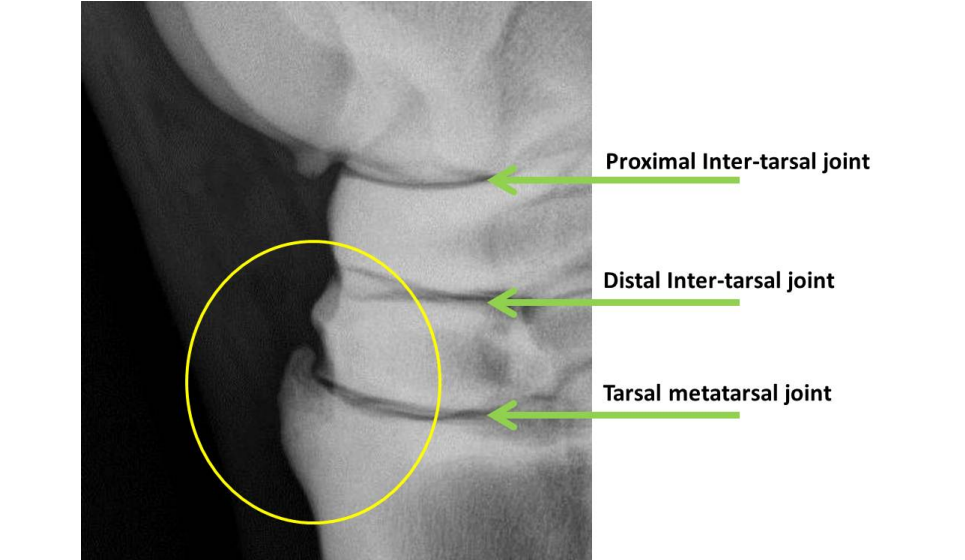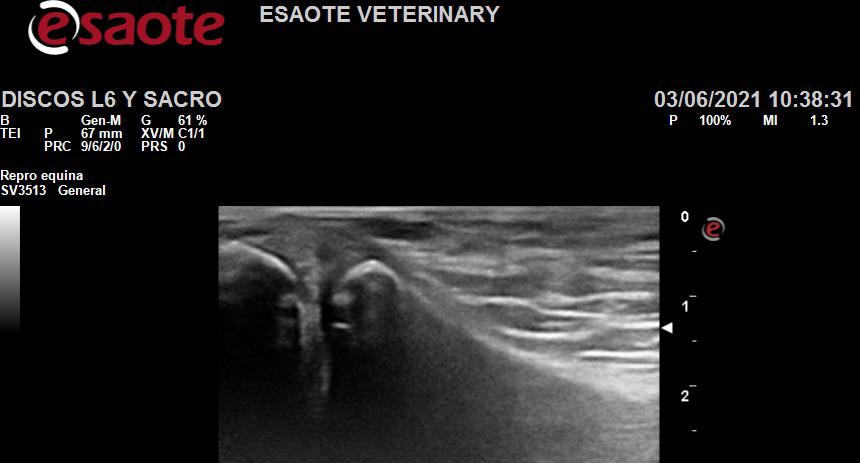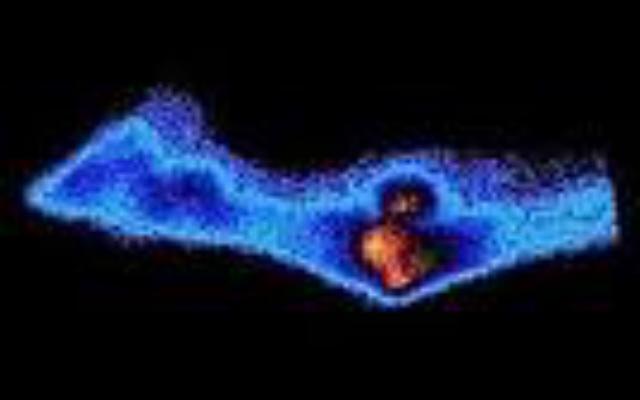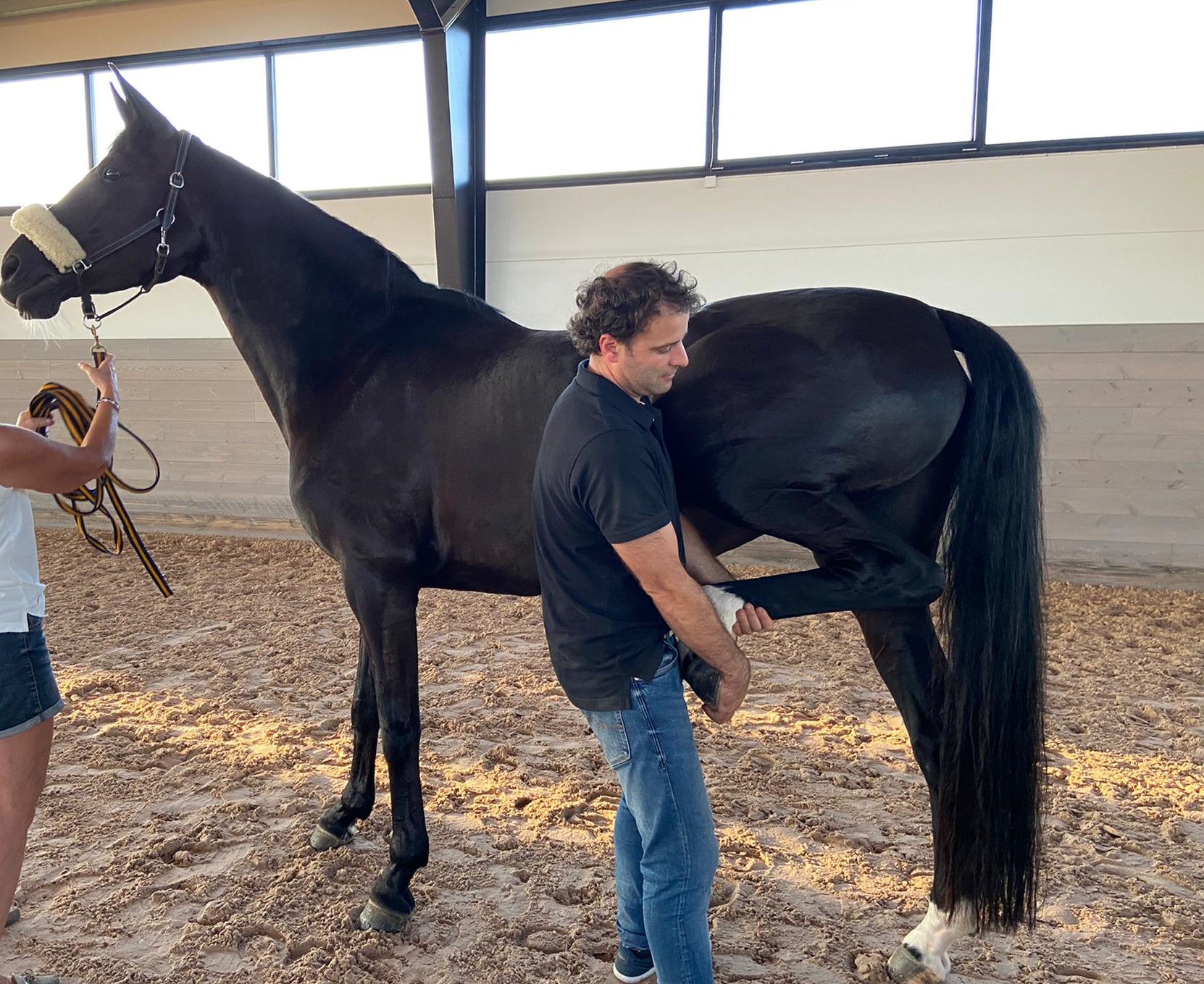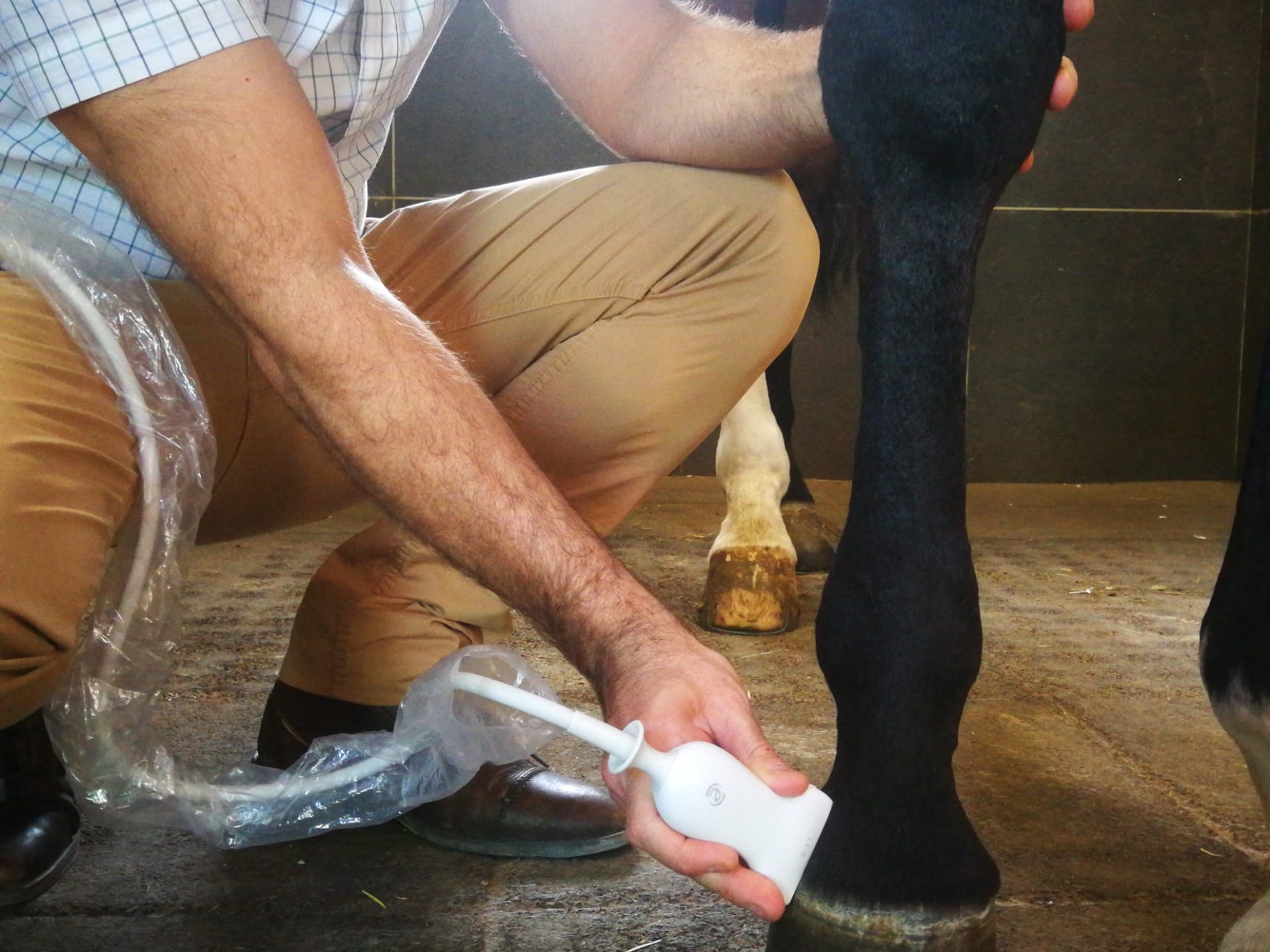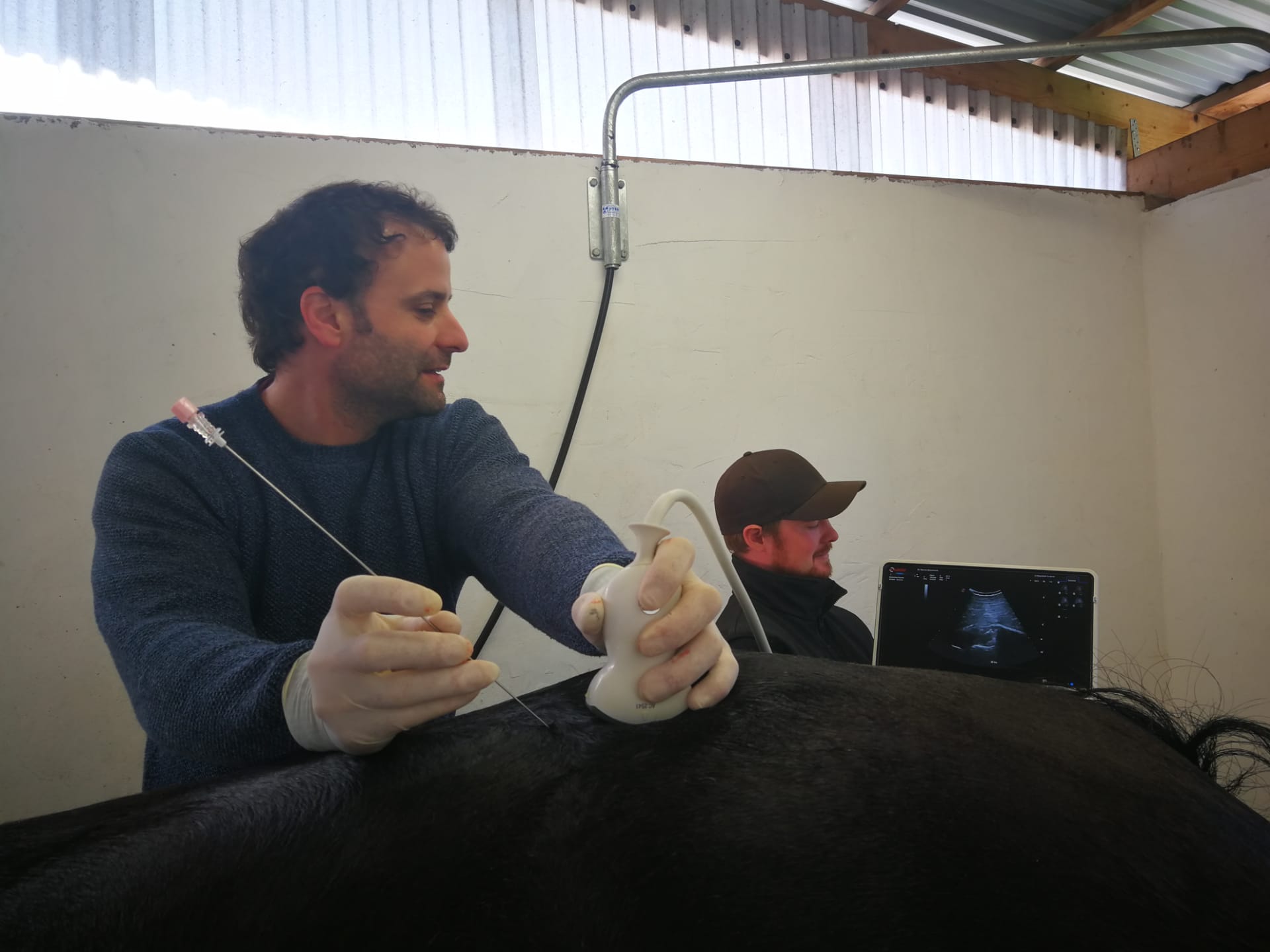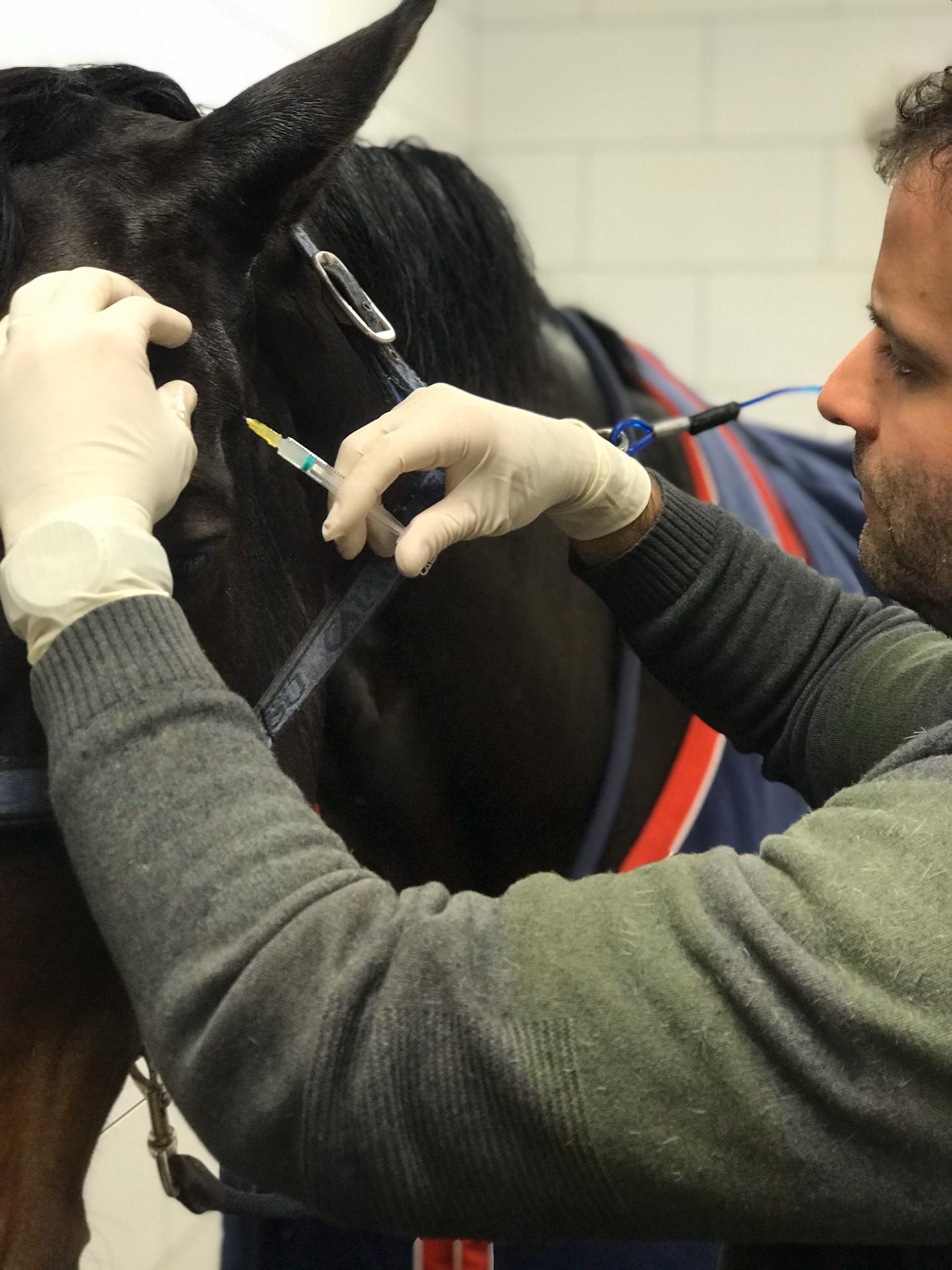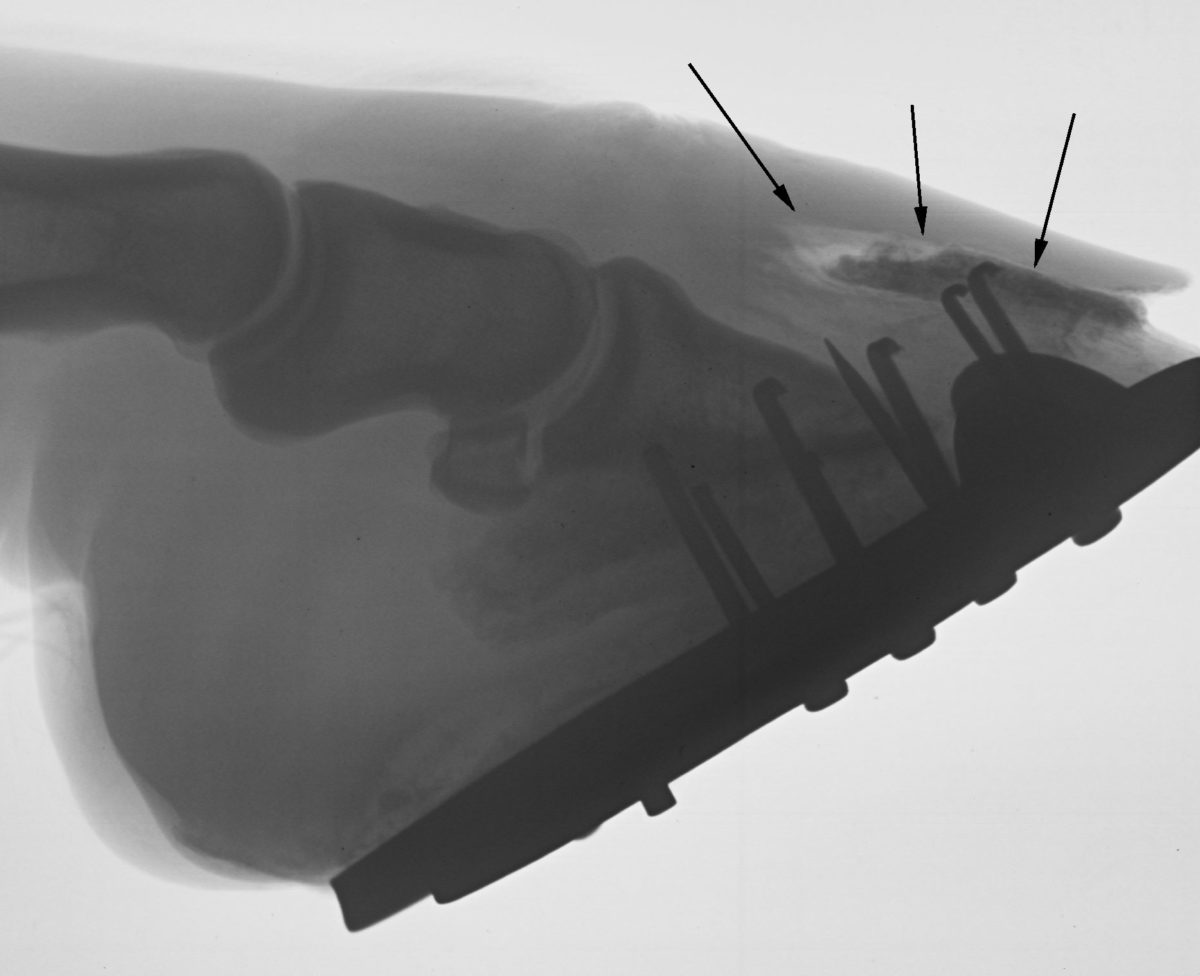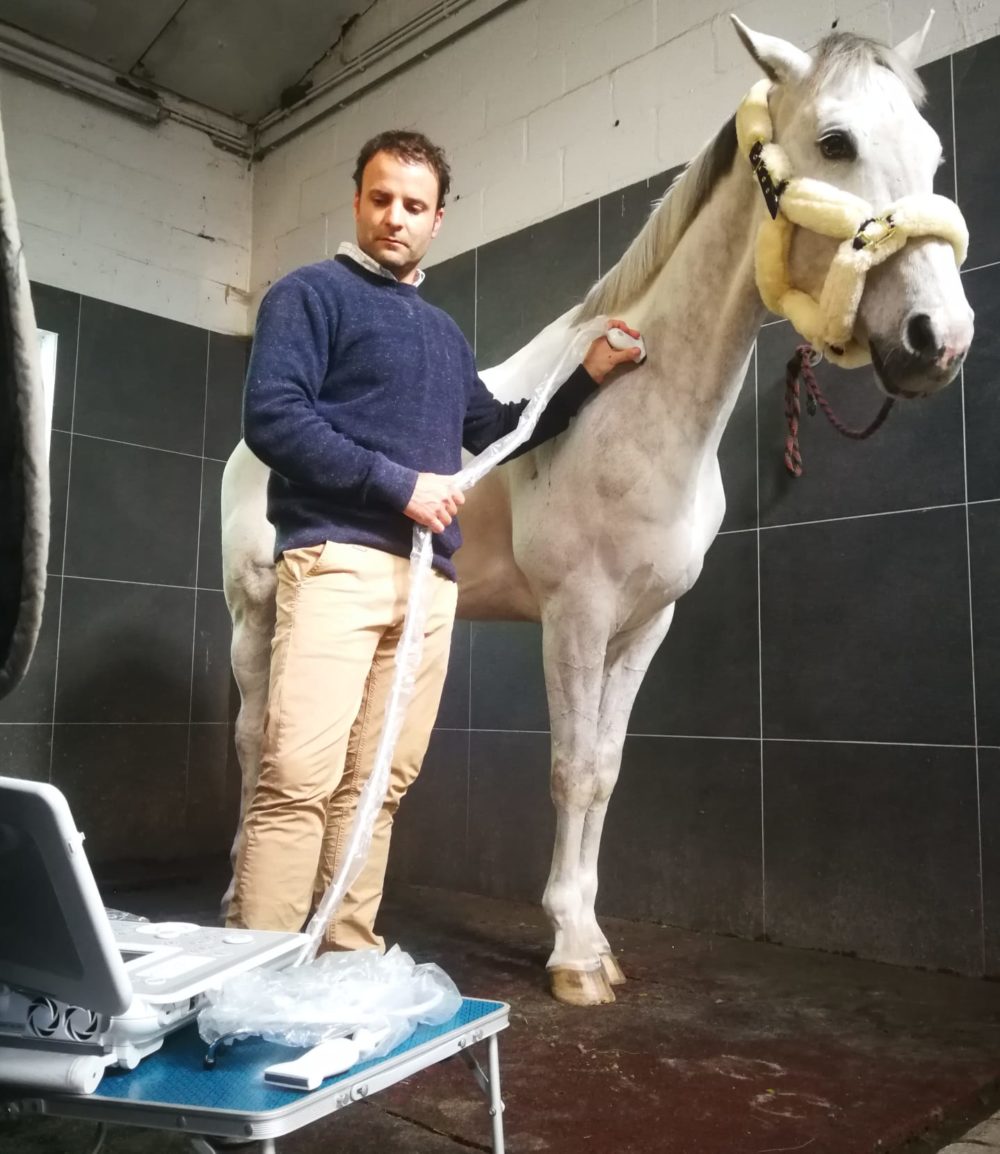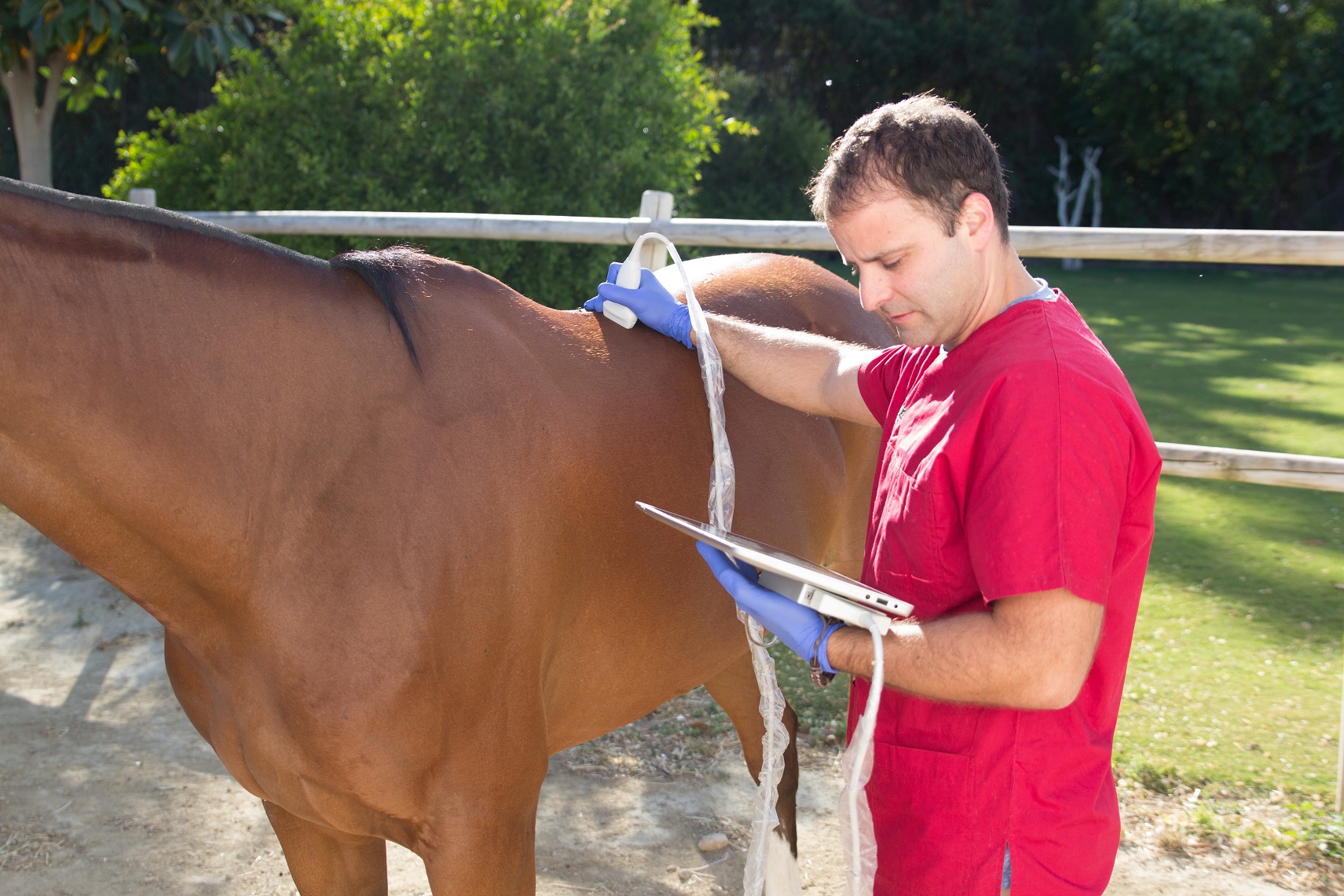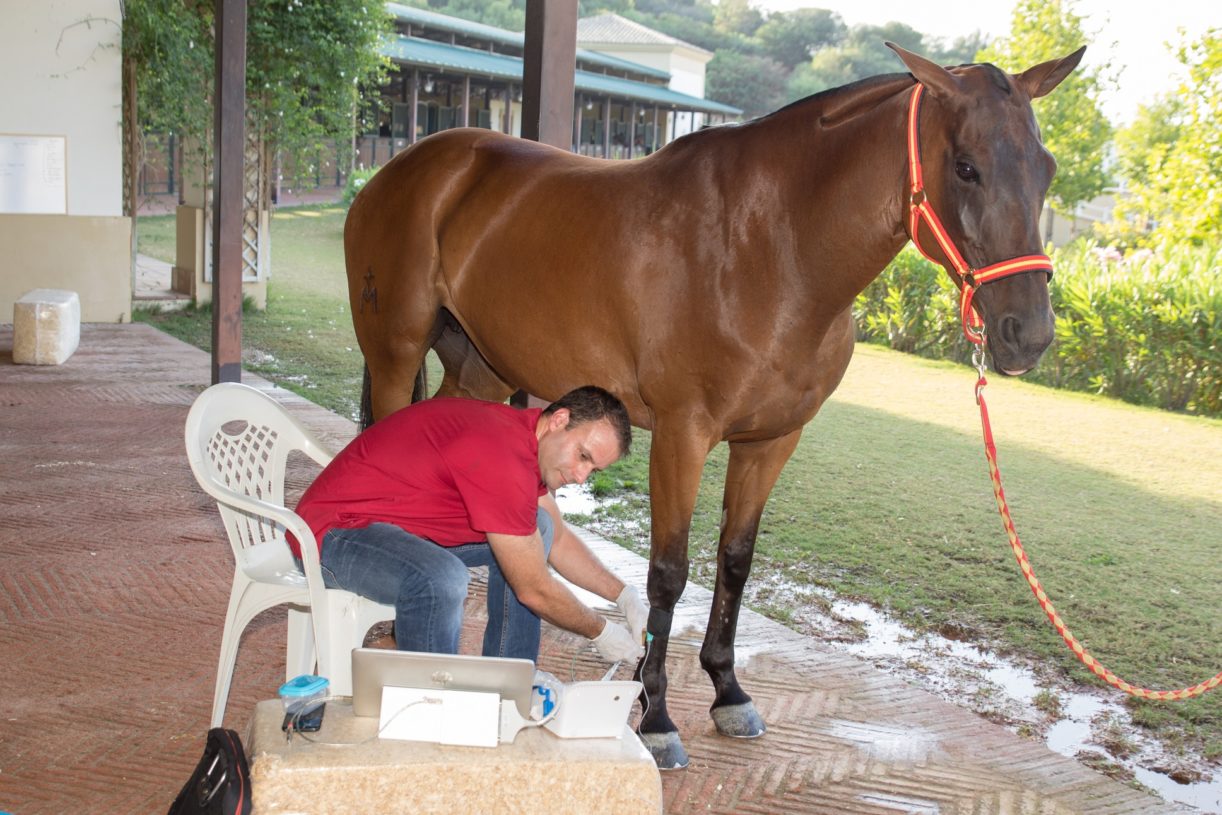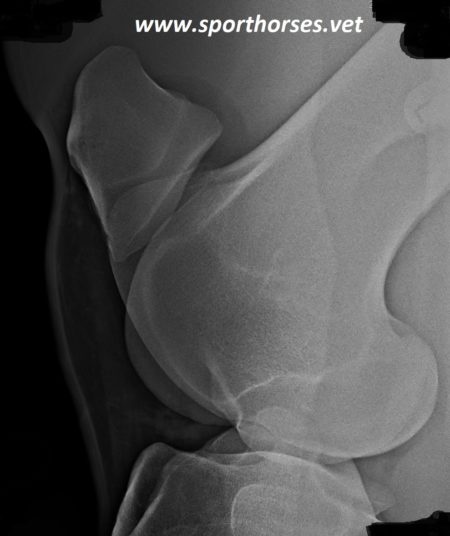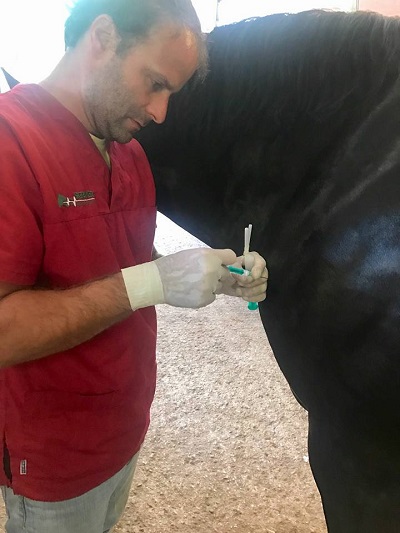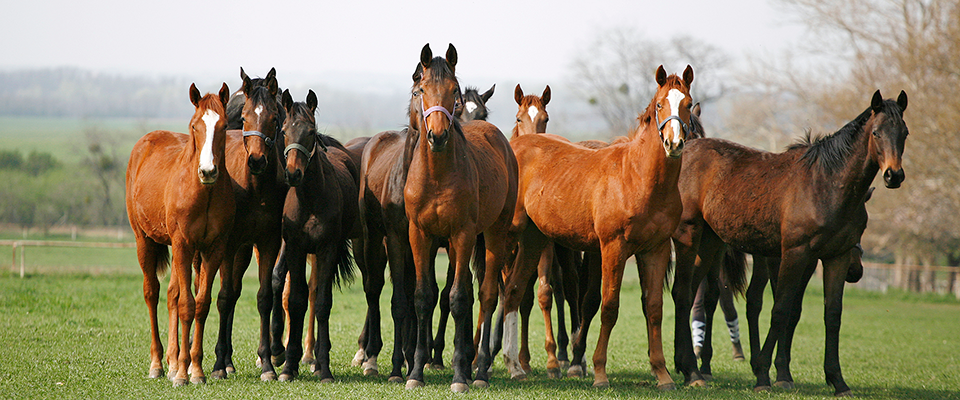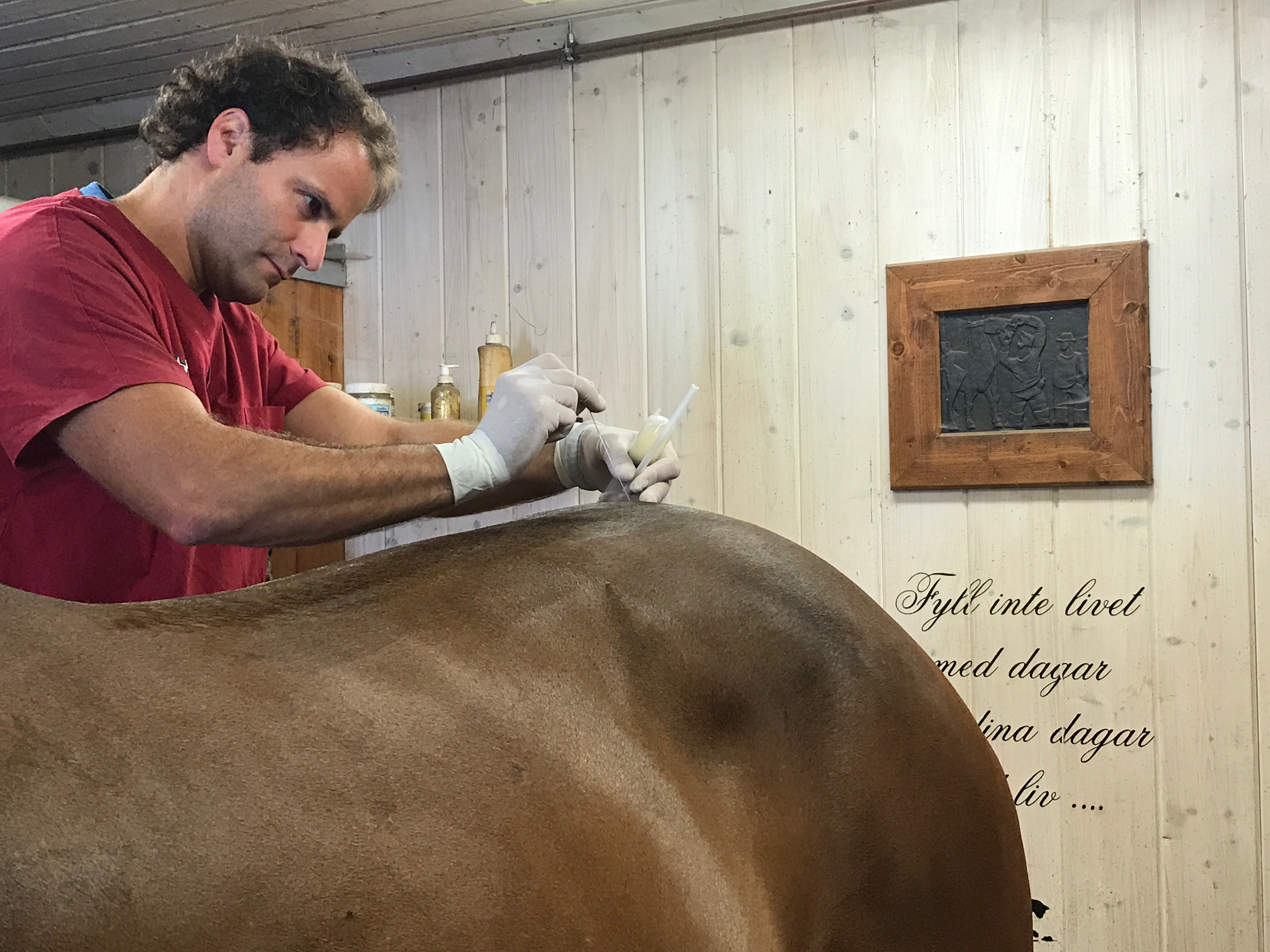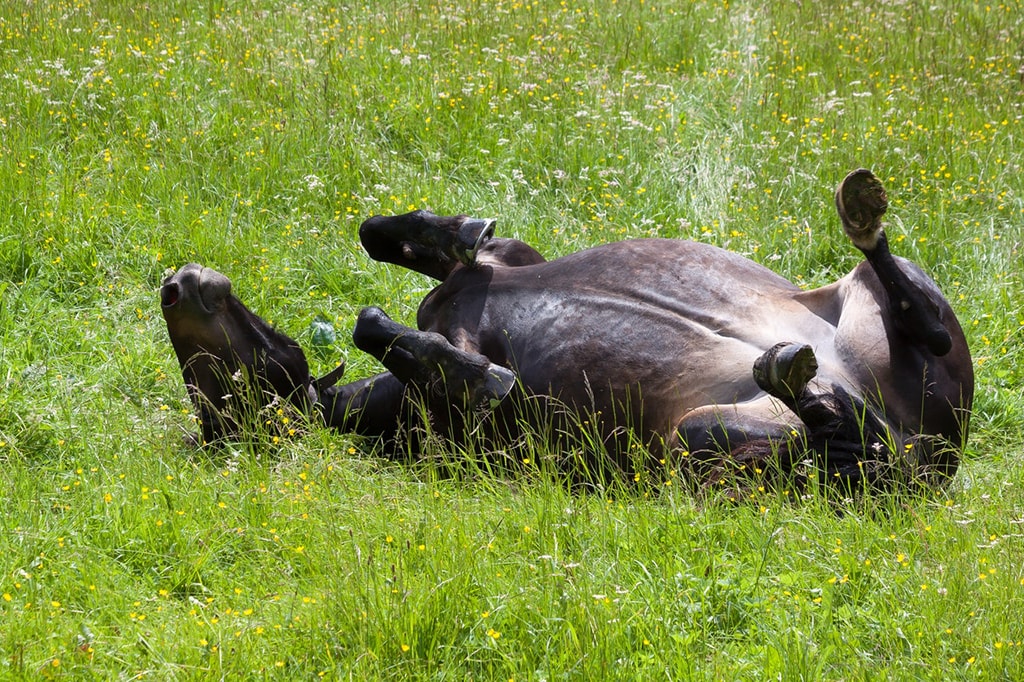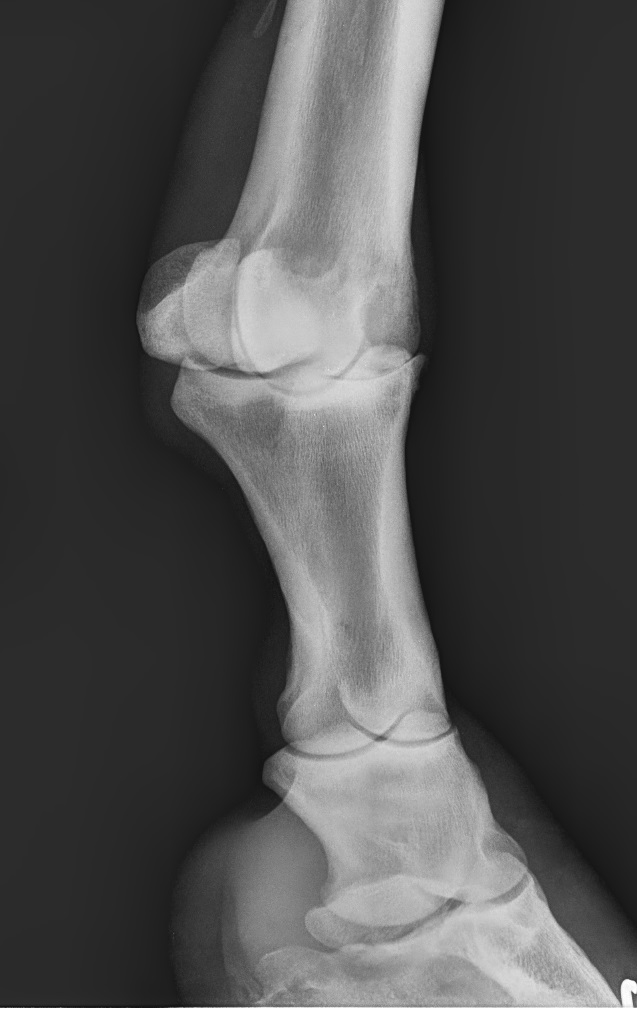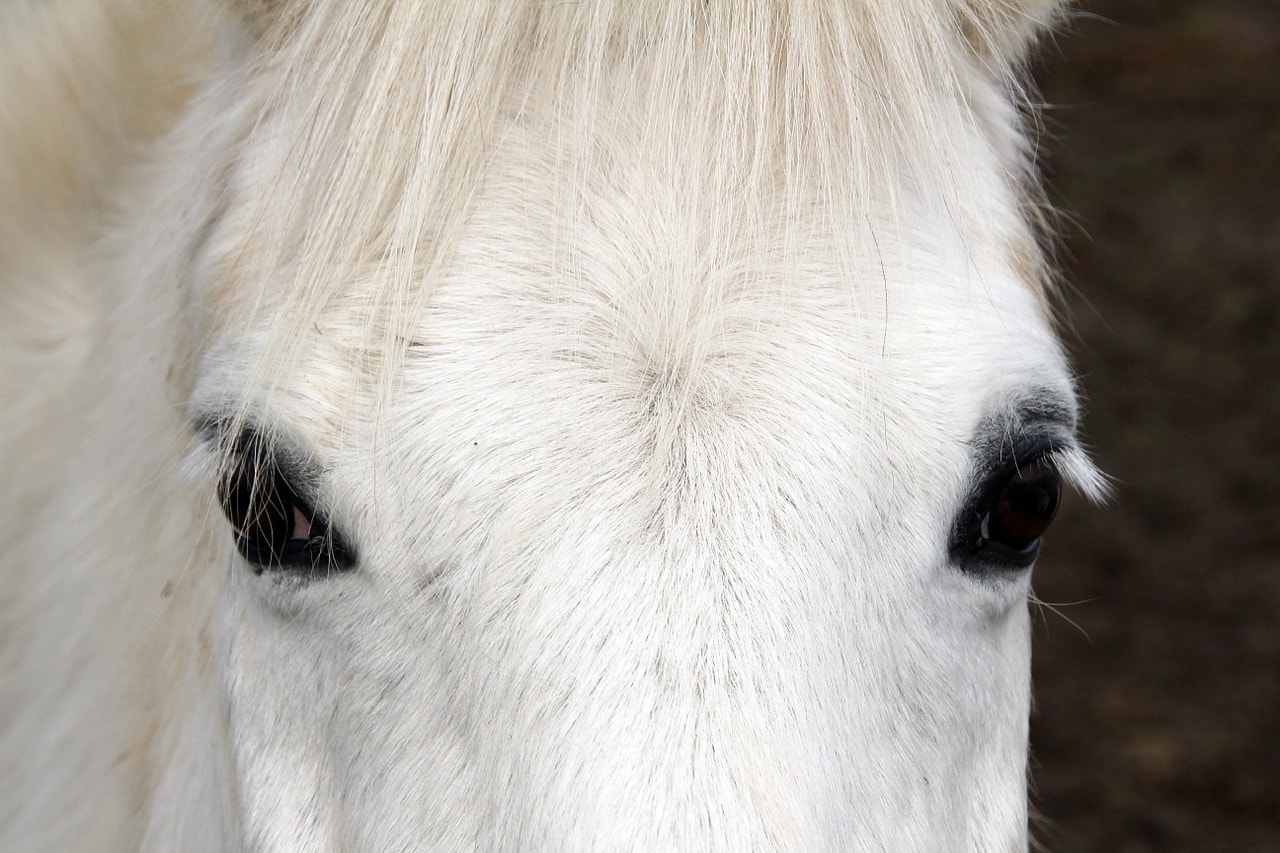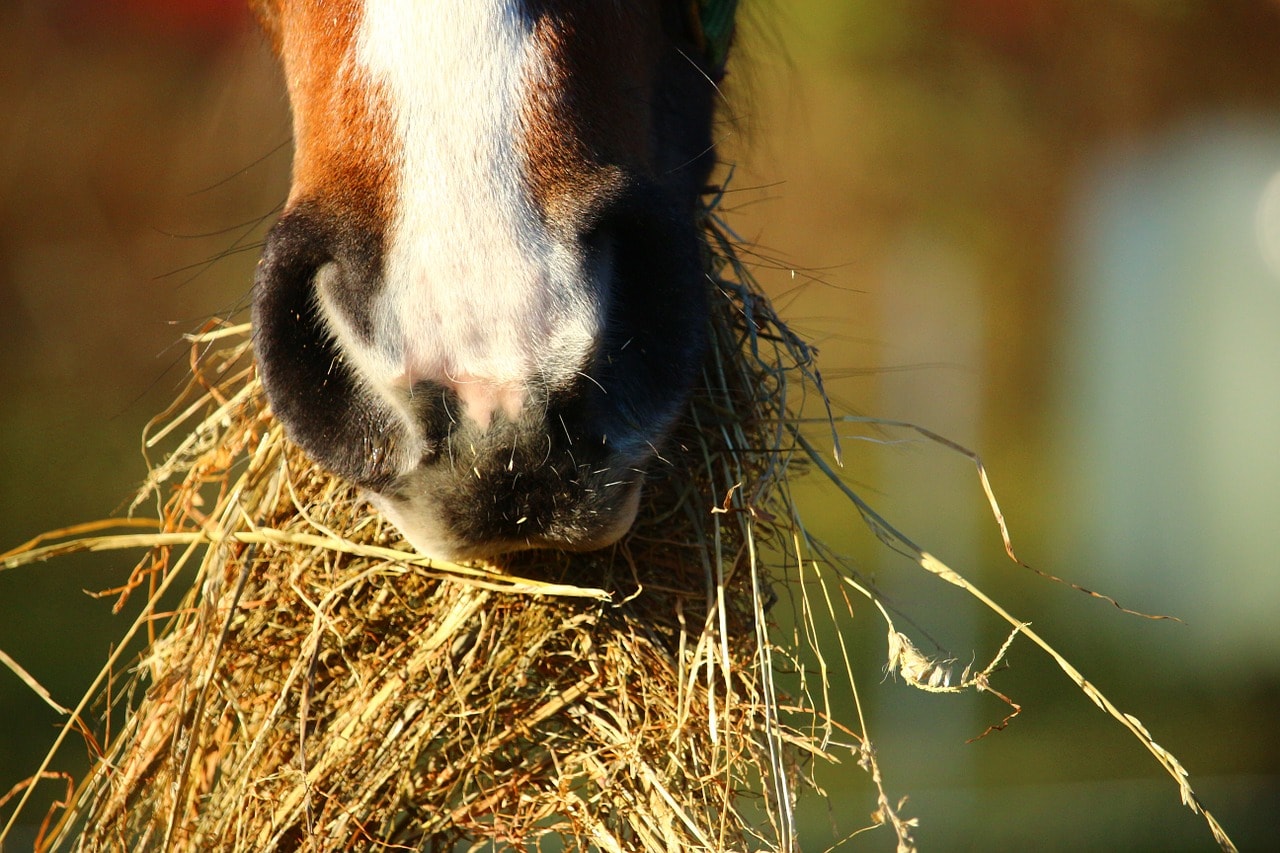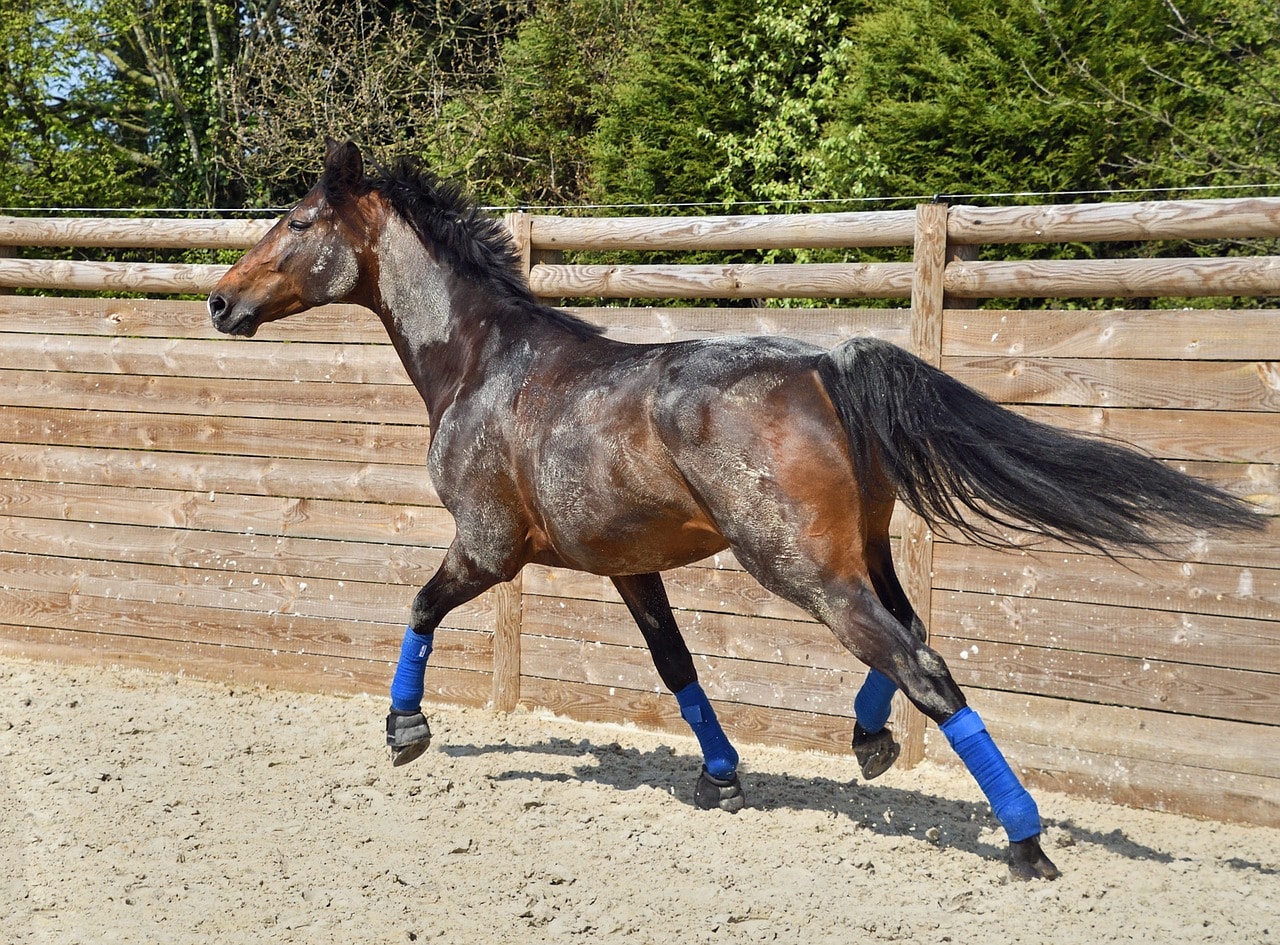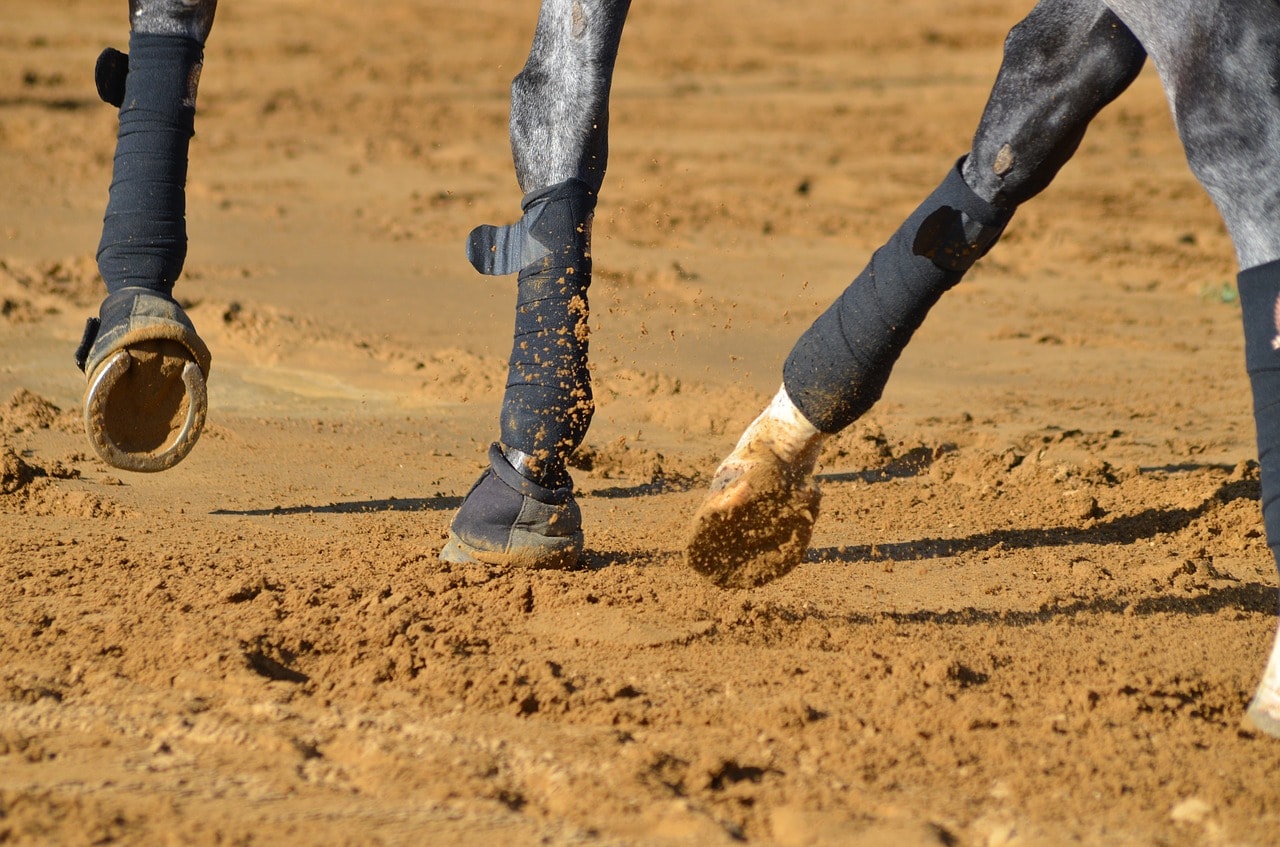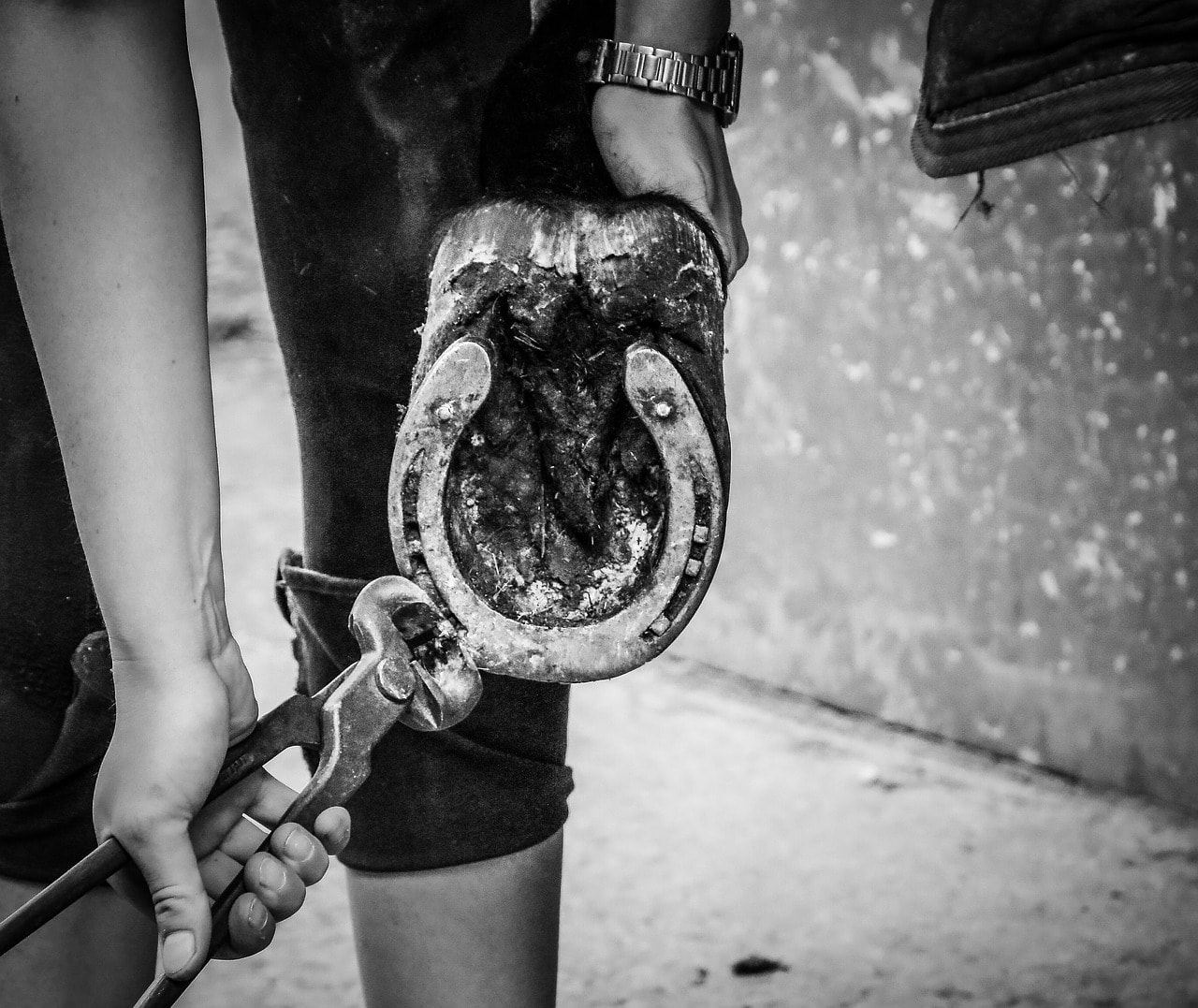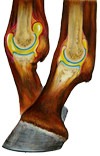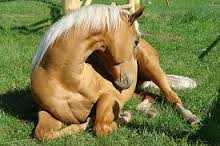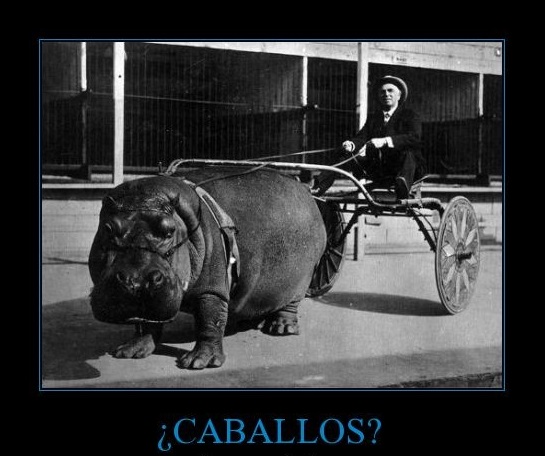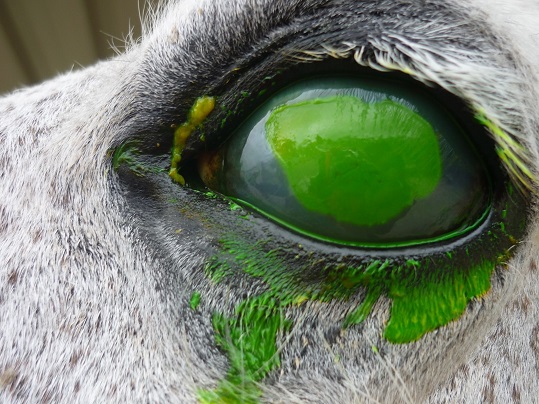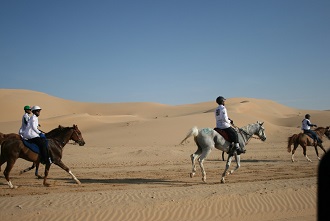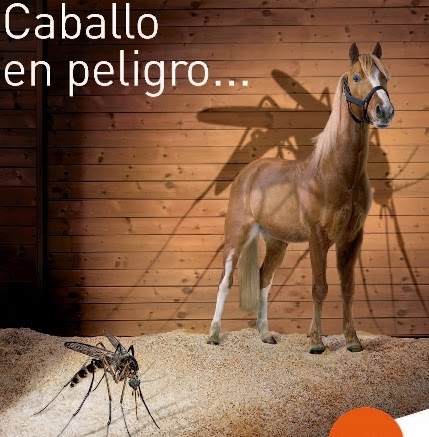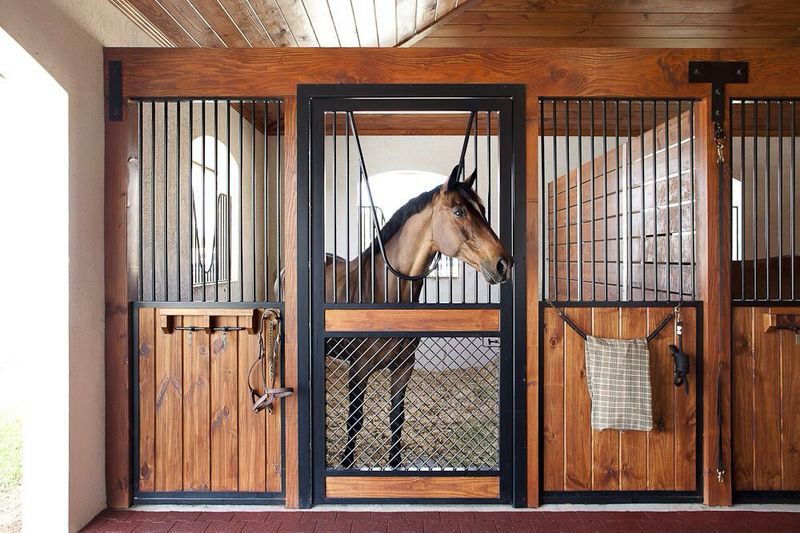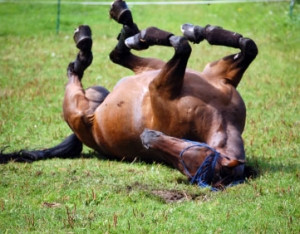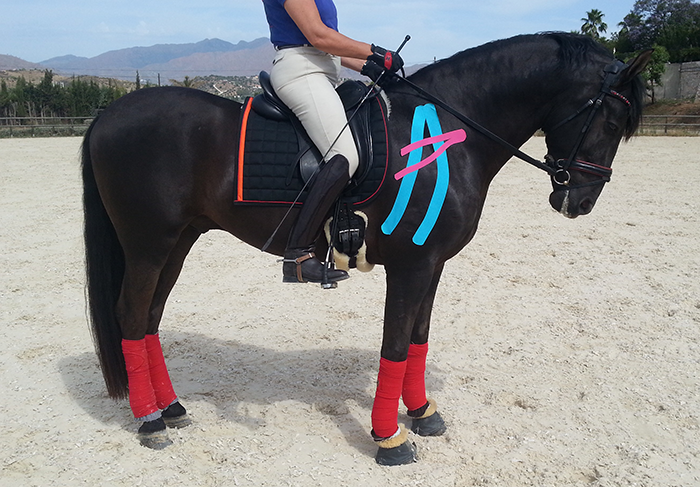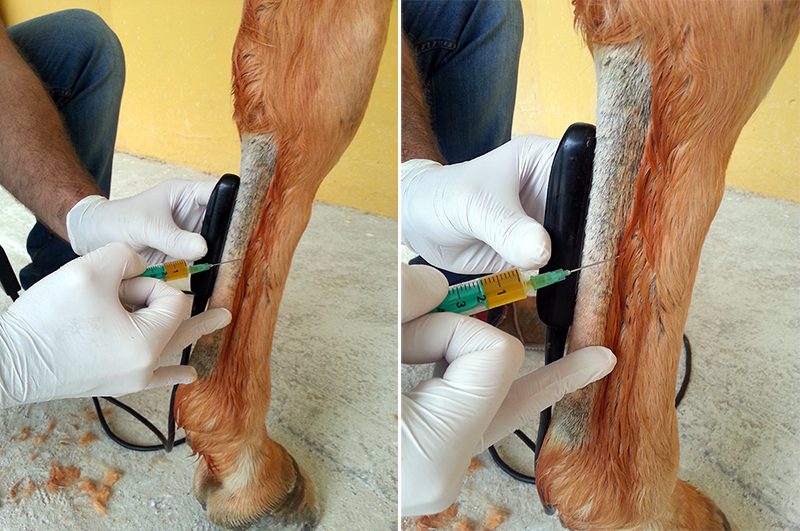Osteoarthritis in lumbar vertebrae joints can affect the musculature of show jumping horses in various ways. Osteoarthritis is a degenerative joint disease that involves the wear and tear of the articular cartilage and inflammation of the surrounding tissues. When it affects the joints of...
Osteoarthritis in the coffin joint (or hoof joint) can affect show jumping horses and limit their athletic performance. Injuries and trauma: Previous injuries to the coffin joint, such as ligament tears, fractures or bruises, can increase the risk of developing osteoarthritis. The jumps and...
Osteochondrosis is a common cause of stifle lameness in young horses. Lesions in the stifle most commonly occur on the lateral trochlear ridge of the femur but may also occur on the medial trochlear ridge, in the intertrochlear groove, or on the patella. Lesions...
Problems distal to the hock, often referred to as “bone spasm”, is the most common cause of clinical hock-associated lameness in horses. Distal to the hock, osteoarthritis and periostitis of the distal intertarsal, tarsometatarsal, and occasionally proximal intertarsal joints occur. The Hock consists of...
Injury to the ventral discs on occasions is accompanied by bone, ventrolateral or lateral proliferation (vertebral spondylosis); It is found mainly in the mid-thoracic area (mainly between T11 and T13) and also in the lumbar area. Spondylosis is a rare cause of back pain...
Bone Edema Sports horses can bruise the bones of the foot and fetlock joints, the coffin bone, the ends of the short and long pastern bones, and the lower end of the cannon bone. The foot and the fetlock receive tremendous force, and that...
Hip joint lameness in the equine athlete can be an acute injury, but many of the conditions affecting this region can have an insidious onset and lead to reduced performance problems long before actual lameness is apparent. Some of the most common clinical signs...
Acute synovitis is an inflammation that comes on suddenly in a joint, often in the fetlock, coffin or hock. These joints are enclosed in a soft tissue capsule. The lining of the capsule (synovial membrane) produces a thick fluid that lubricates the joint. Stress...
The sacroiliac joint is the junction between the horse’s spine in the sacrum. The joint is buried under the heavy gluteal muscles at the top of the horse’s rump. It sits at approximately the highest point of the rump. This area has two sets...
TEMPOROMANDIBULAR JOINT DISEASE (TMJ) Many horses resist the oral speculum used to keep the mouth open by applying back pressure, subluxating (partially dislocating) one or both TMJ. Approximately 35% of horses diagnosed with temporomandibular joint disease were observed with an oral speculum within the...
Pedal Osteitis in Horses • Pedal osteitis is defined as an inflammatory disorder of the distal phalanx . • The disorder is a result of peristent inflammation of the foot. • Since the third phalanx does not have a medulla, the bone inflammatory processes...
Severe hoof infection penetrated by the white line, infection by anaerobic bacteria (bacteria that can live without oxygen) and fungi that are resistant to local antibiotics and antifungals. This disease occurs in established...
Neck Pain in High Performance Horses Sport horses must use their entire bodies in their sports activities, and the neck plays a vital role in movement, balance, and signal transfer to the rest of the body. A horse’s neck is an extremely complex structure...
Dissecting osteochondritis (OCD) in horses; Semi-synthetic polysaccharide with xylan and a new regenerative peptide. Rejuvenate the horse joints. Reduces pain, swelling, stiff joints and inflammation, long-acting analgesic. Semi-synthetic polysaccharide with xylan, is a hemicellulose derived from plants that has anti-inflammatory, anti-arthritic and chondroprotective activities....
Frequent signs of this disease are found in daily practice by Sport Horses Vet _ Annoyances when putting the girth on. _ Sinking in the back during brushing or when being saddled. _ Tend to jump flat or to pull away. _ Tendency to...
Percutaneous intratissular electrolysis (EPI), a technique widely used in sports medicine of humans, makes its way into the world of equines. The praxis confirms its effectiveness in the treatment of tendinitis, desmitis and muscle injuries in sports horses. The treatment of tendinopathies and desmopathies...
Horses have a normal “locking mechanism” associated with their stifle area that allows them to maintain limb extension without considerable muscular effort. This mechanism is called a “stay apparatus” and primarily involves the patella (knee cap), the bottom end of the femur (medial trochlear...
Degenerative Joint Disease in shoulder, often referred to as “osteoarthritis”, is cause of lameness in performance horses. Most equine training strategies involve the prevention and/or maintenance of some form of joint disease. Lack of performance as a result of joint disease often precedes overt...
Mesotherapy consists in the application of different drugs by means of multiple injections with very fine needles, in the mesodermis, at small doses. It is an effective treatment, fast and without harmful effects. This technique guarantees a high and appropriate concentration of the medicine...
Clinical signs It presents with signs of lameness of the hind legs, back pain, difficult behavior when riding and poor performance. Most horses have a history of reduced performance or unwillingness to work. Complaints from riders include lack of back leg strength,...
What is the Purpose of a Drug Test? Drug testing is used for detection of non-steroidal anti-inflammatory drugs (NSAIDs) and/or sedative/tranquilizer agents, but can also be used to detect anabolic steroids and analgesic (pain-relieving) agents. The presence of analgesics could mask current or...
Diseases in horses can arise from very different causes. Know the most common diseases and early warning symptoms.
Tips for buying a horse that will help you choose which horse you want based on your needs Do you know which one to choose?
Arthritis in horses is a disease that can affect them just as it does in humans by influencing their physical activity and performance.
The long digital extensor tendon is the main structure used by the horse to extend its posterior extremity.
Has your horse seen a dark spot under his tail? Maybe it could be a melanoma. Recommendations for melanomas on horses.
Knowing what horses eat is no problem. But, although it may seem, it is not easy task to feed your horse correctly
One of the biggest concerns of any rider is that his horse becomes ill or injured. We have compiled the major injuries on horses.
When buying a horse, there are many requirements that we must meet, both legal and relative to its maintenance and care. Today we are going to talk about the documentation to have a horse, in can in many situations be confusing.
To begin teaching a dressage horse there is no concrete age to start. Horse and rider must form a perfect union.
The horse is one of the most beautiful and complete animals we can find, but its acquisition is not an easy decision
Degenerative joint disease in horses Degenerative joint disease (DJD), often referred to as “osteoarthritis”, is a very common cause of lameness in competition horses. Most strategies in equine training involve the prevention and / or maintenance of some joint disease. Lack of performance as...
Because of its multiple causes and complex nature, the term syndrome of equine gastric ulcer (EGUS) has been used to describe gastric ulcer disease in horses. It is quite common, with a prevalence ranging from 25% to 50% in foals and 60% to 90%...
Excess Weight and over-nutrition have a number of potentially negative effects, including; Increased stress on the heart and lung Greater risk of laminitis or founder Increased risk of developmental orthopedic ( bone and joint) problems in young growing horses. More strain on feet, joint...
The cornea is a dome-shaped structure located in the front of the eye, hemispherical, transparent turn formed by three layers, whose function is to allow the passage of light and protect the iris and the lens. In the horse it has a thickness of...
Seroma A seroma with accumulation of serum and lymph in the right hind limb where trauma has occurred. In this case it was also accompanied by injury to the muscles so that there was some degree of lameness. The diagnosis was made by ultrasound....
West Nile fever is a disease caused by West Nile virus. It causes disease in humans, in horses and some birds. Most patients present few clinical signs, but some develop severe neurological disease that can be fatal. The West Nile virus has an extremely...
High level jumping horse in a routine veterinary inspection the saphenous vein distension was discovered. . There was no lameness but the biomechanics was not adequate. At radiographic examination Osteoarthritis of the hock joint was observed. With this diagnosis can implement measures to try...
Although there are different views in scientific studies, if the heat and changes in atmospheric pressure influence the occurrence of colic of , in Serveq recent days we have treated numerous cases in the Costa del Sol in Malaga so we thought it would...
Kinesiotaping in sport horses Is being used for some time in the Kinesiotape sport horses in different parts of the world with good results. This technique facilitates the hard training and recovery from injury in less time. The horses Kinesiotape It’s nothing magical, it...
Cushing’s Disease Primarily due to pituitary gland tumor and occurs most often in horses over 12 years old.Clinical signs include long curly hair, lethargy, loss of weight and muscle mass, polyuria and polydipsia and poor performance.Recurrent infections due to immune suppression and chronic laminitis...
Equine Tendinitis treated with growth factors Horse Raid (8 years) of high competition with a severe injury in both flexor tendons, was directly infiltrated in the lesion, using techniques of ultrasound guided with plasma I autologous rich platelets (PRP) growth factors. 05/01/14 was the...








